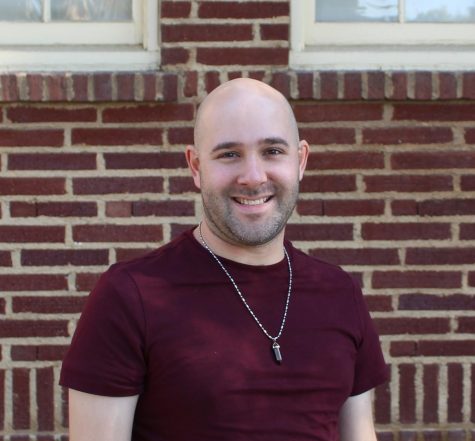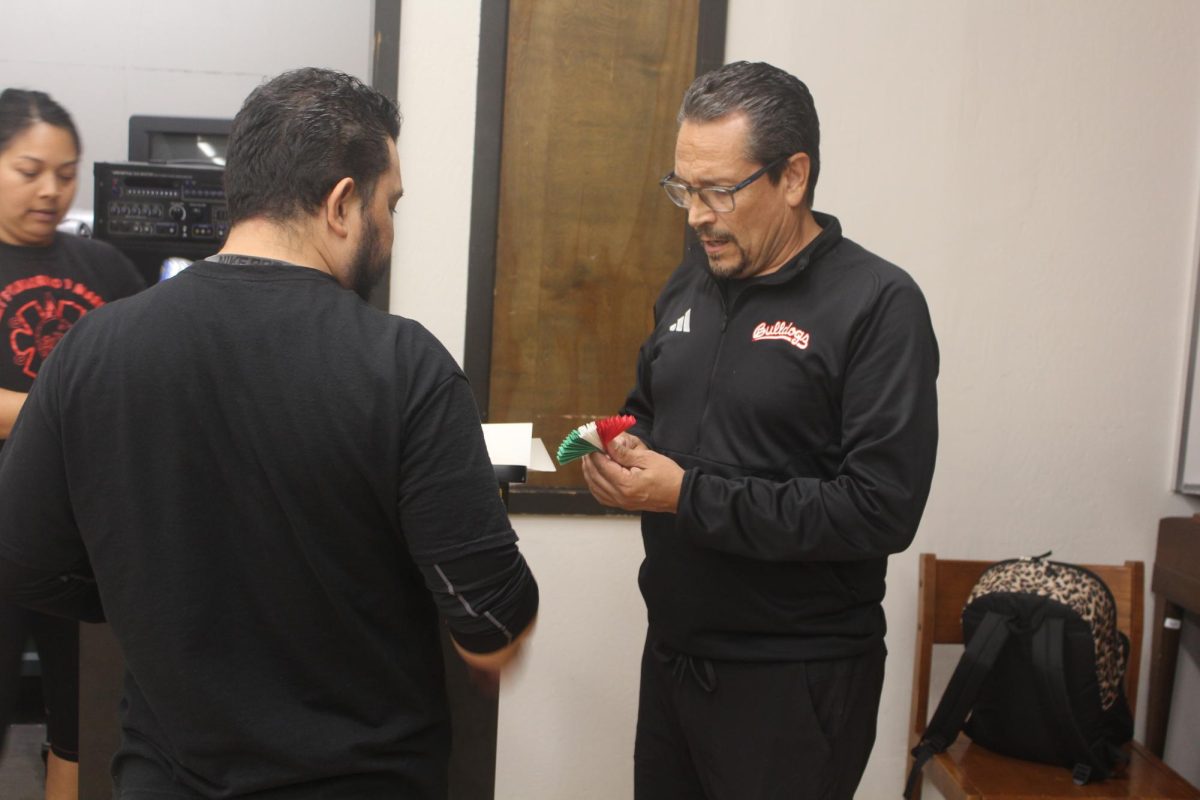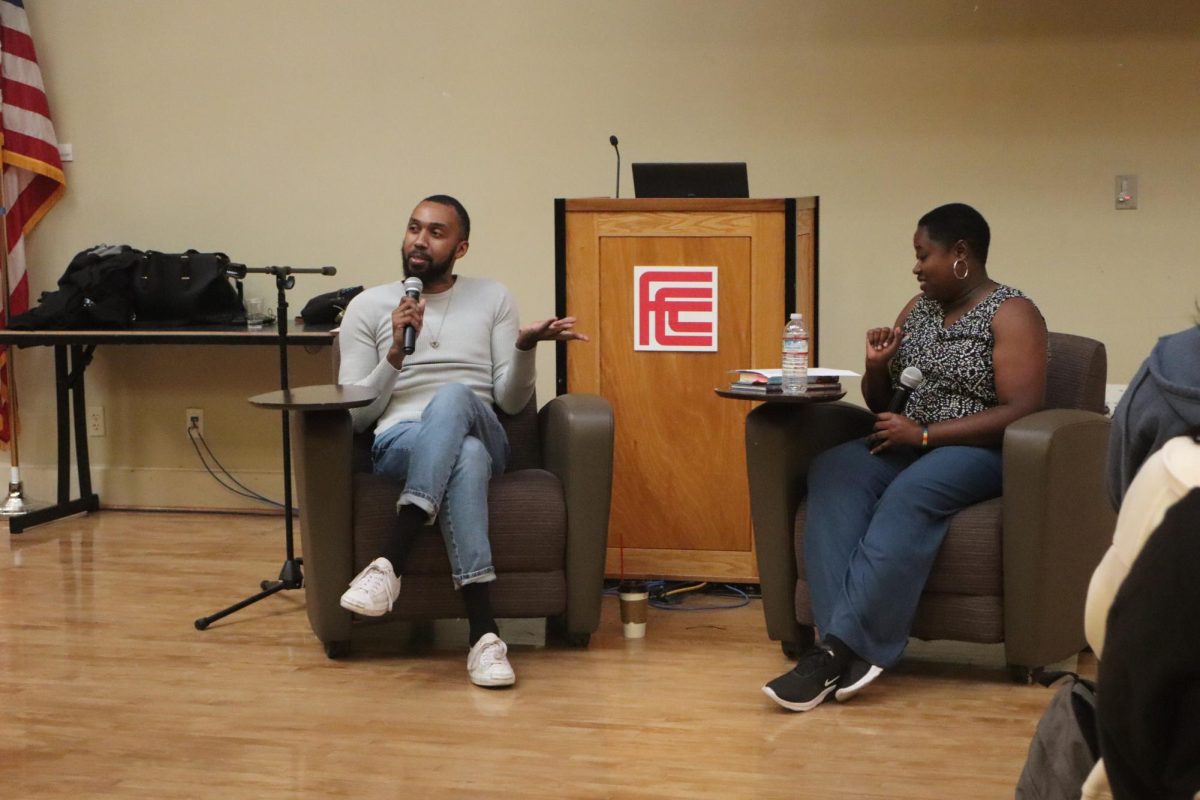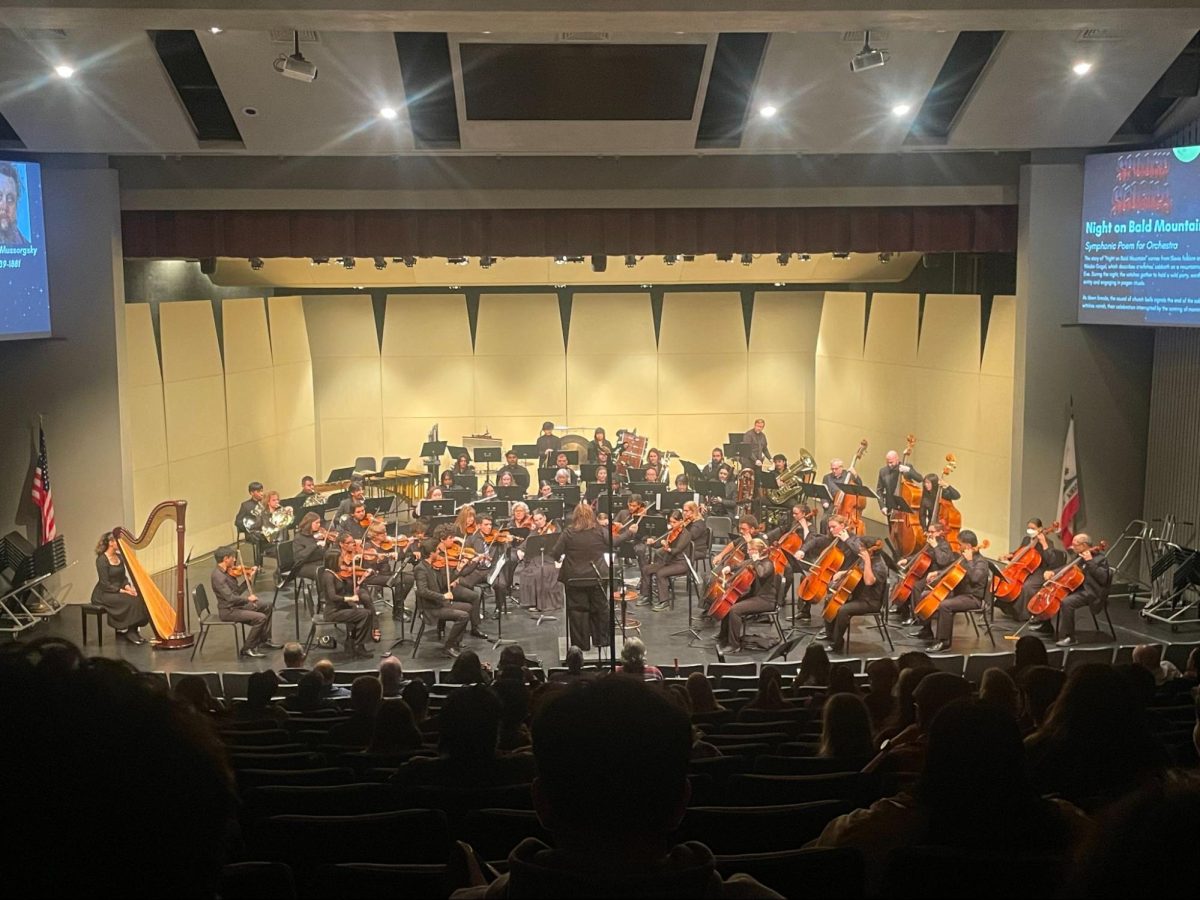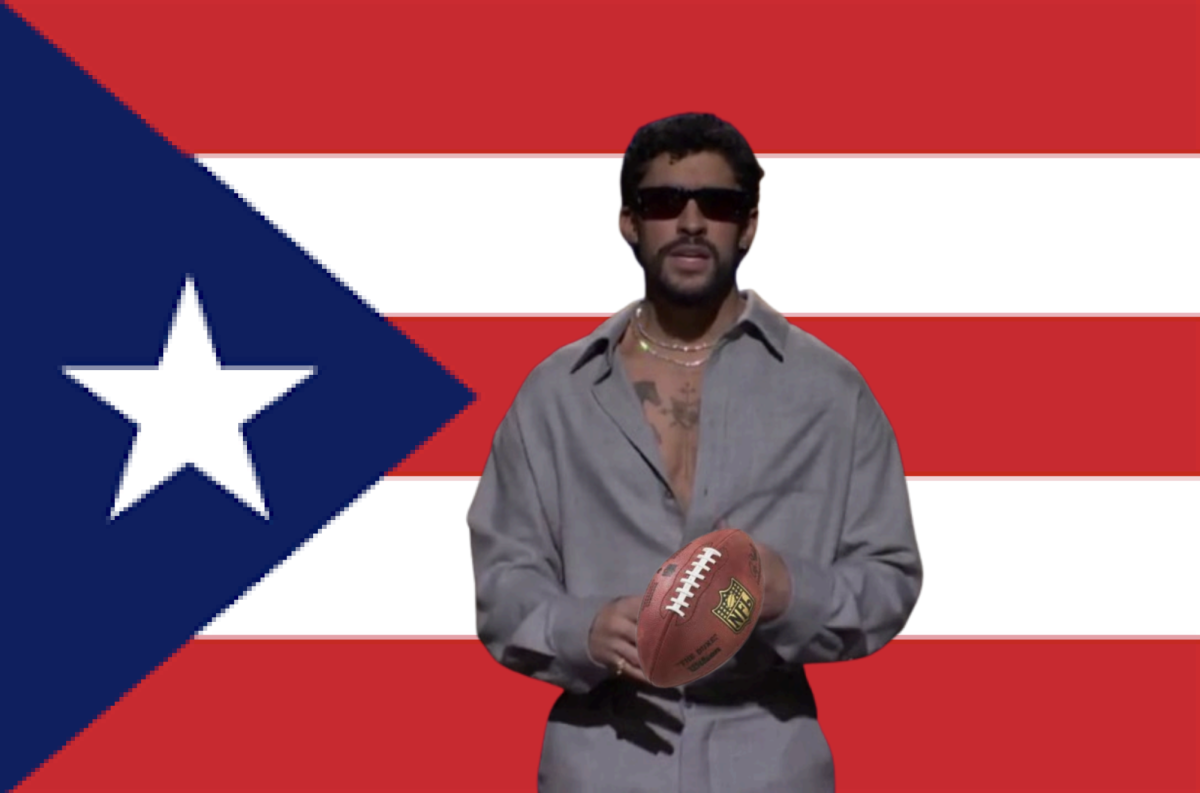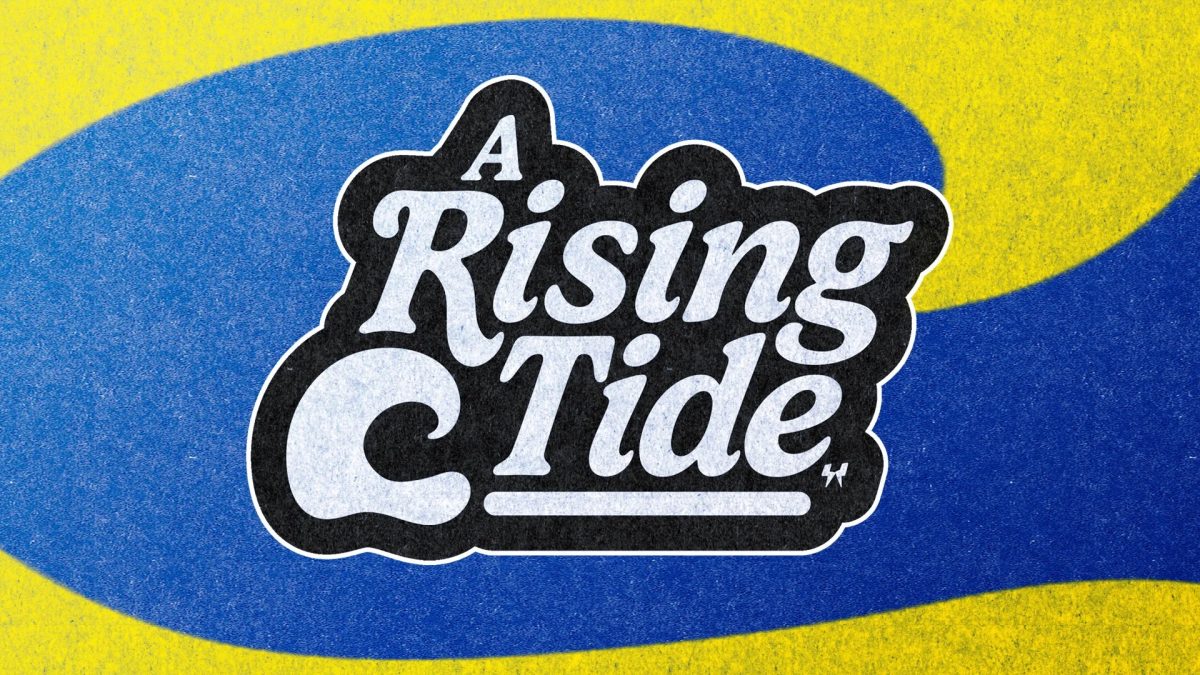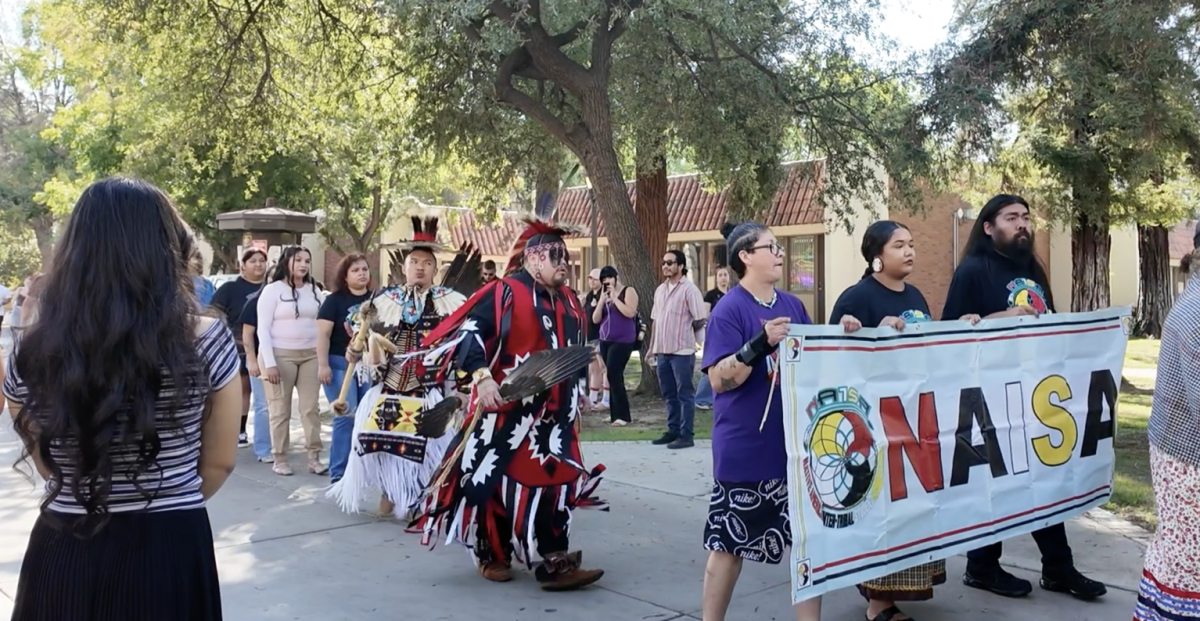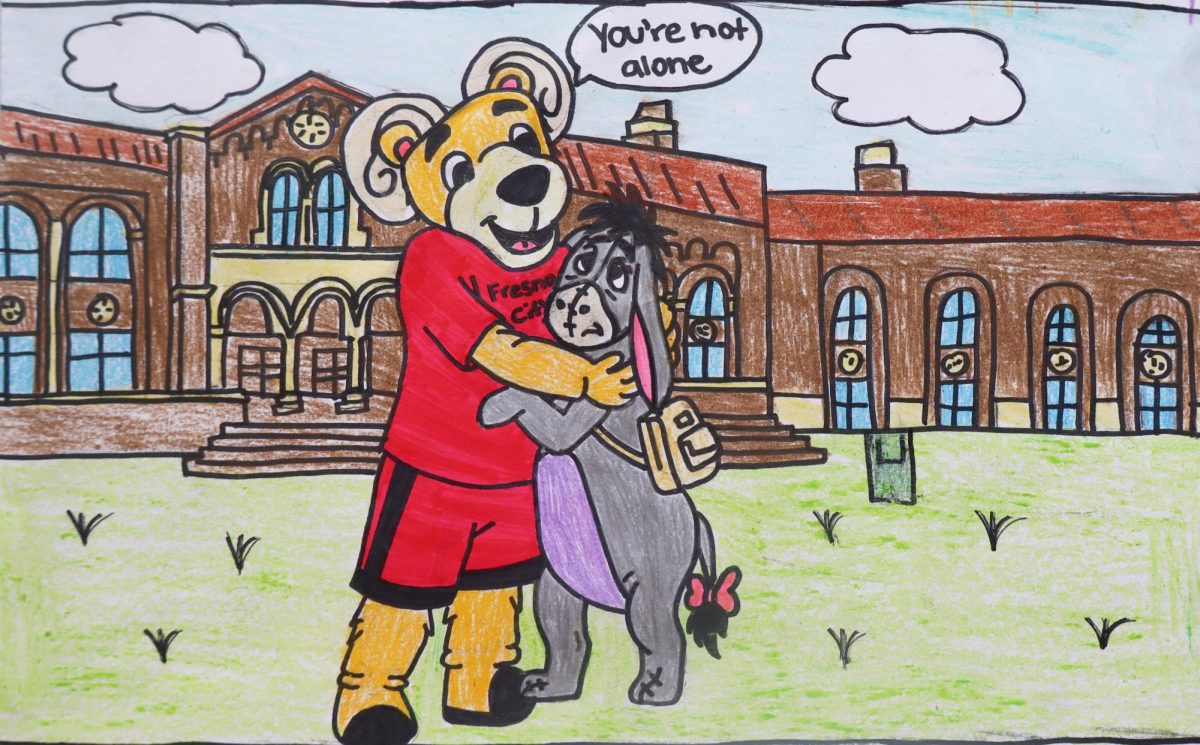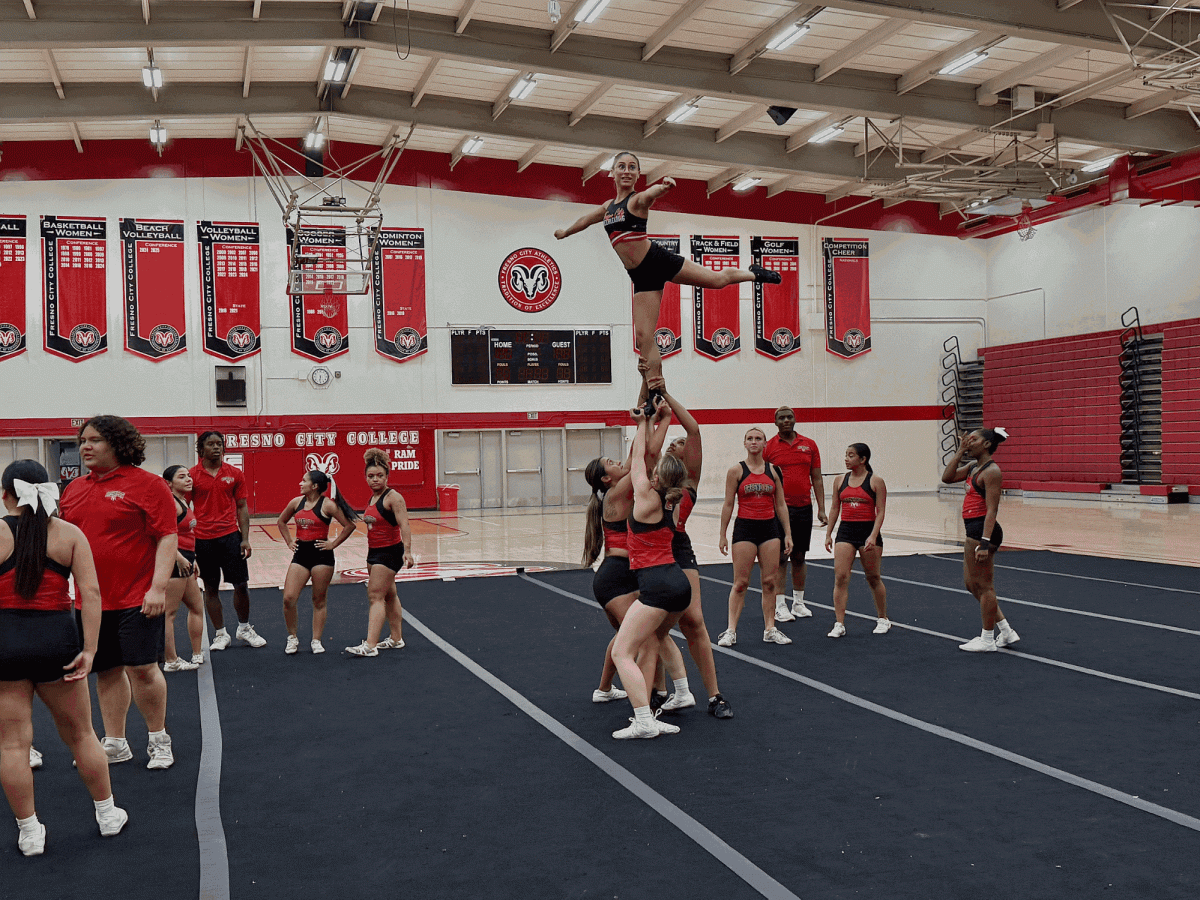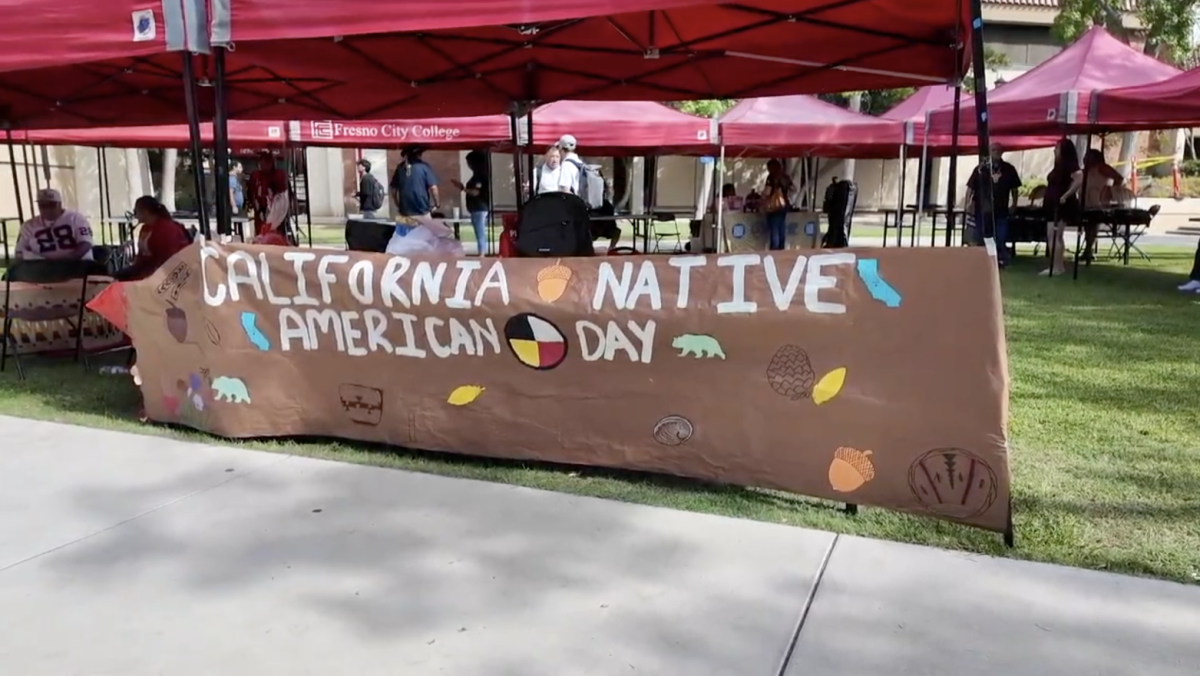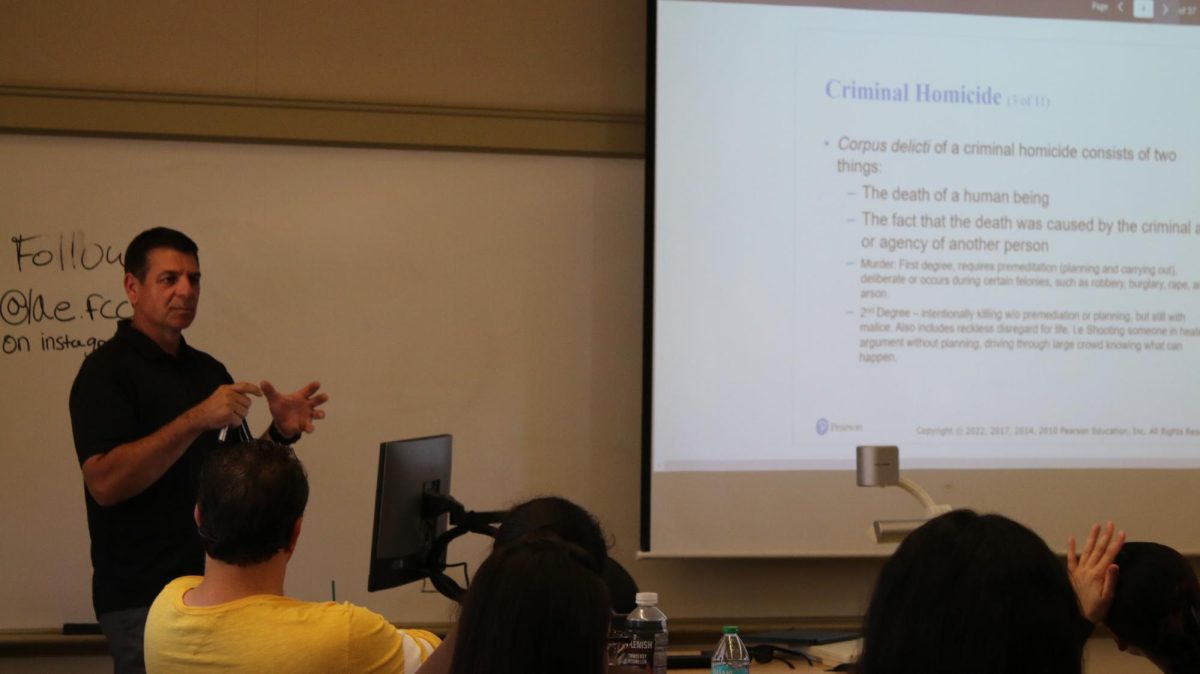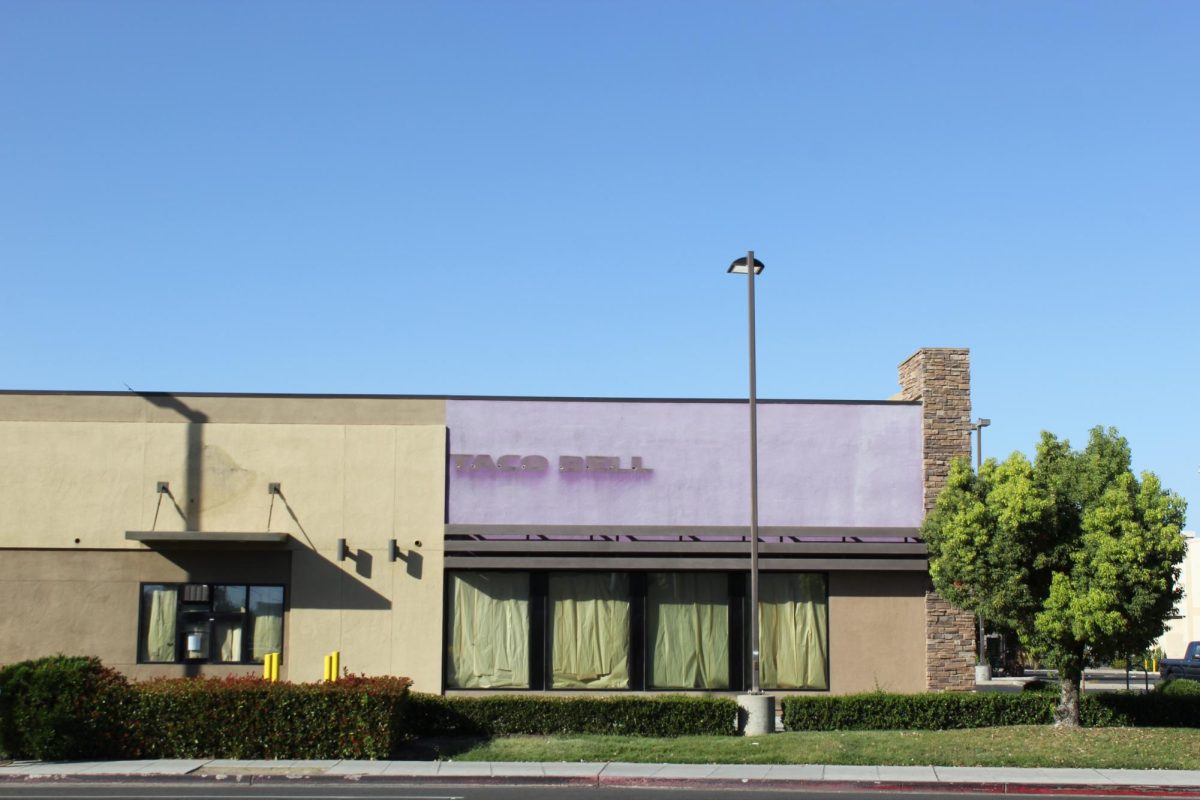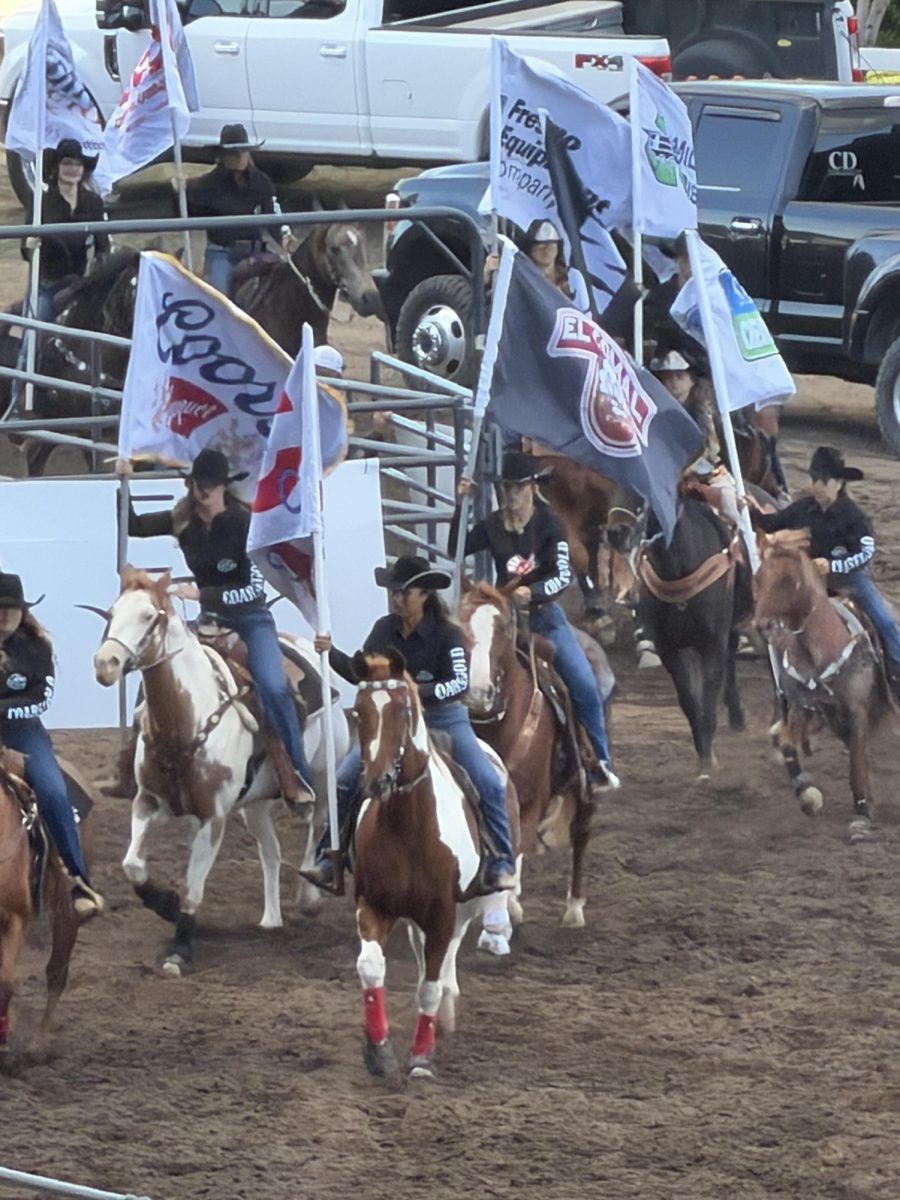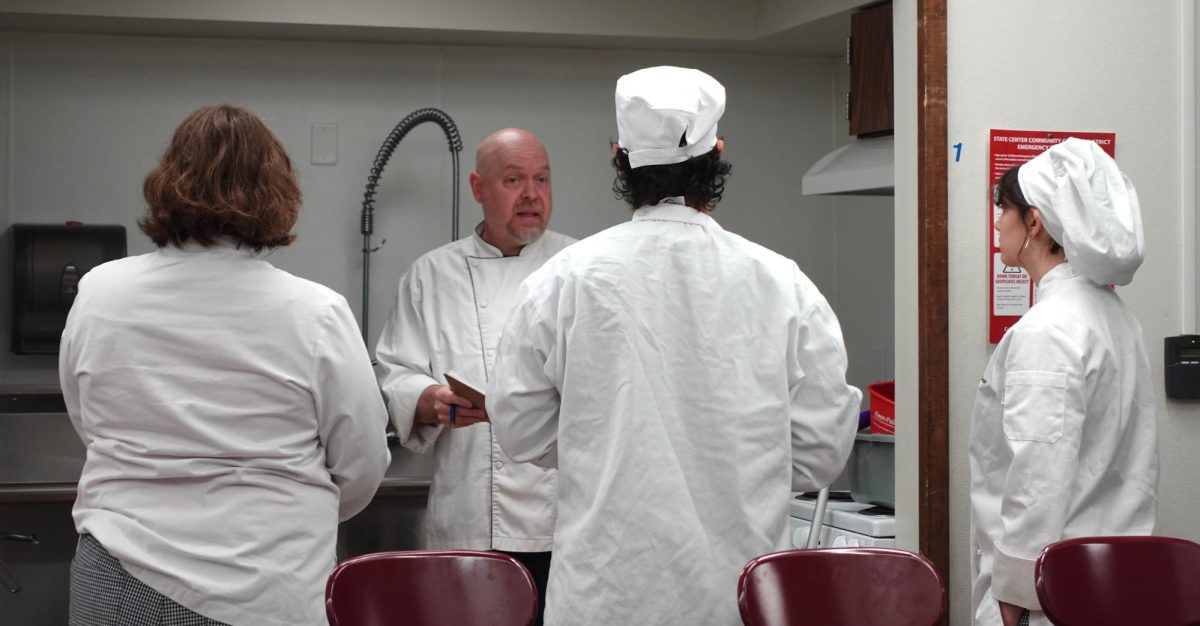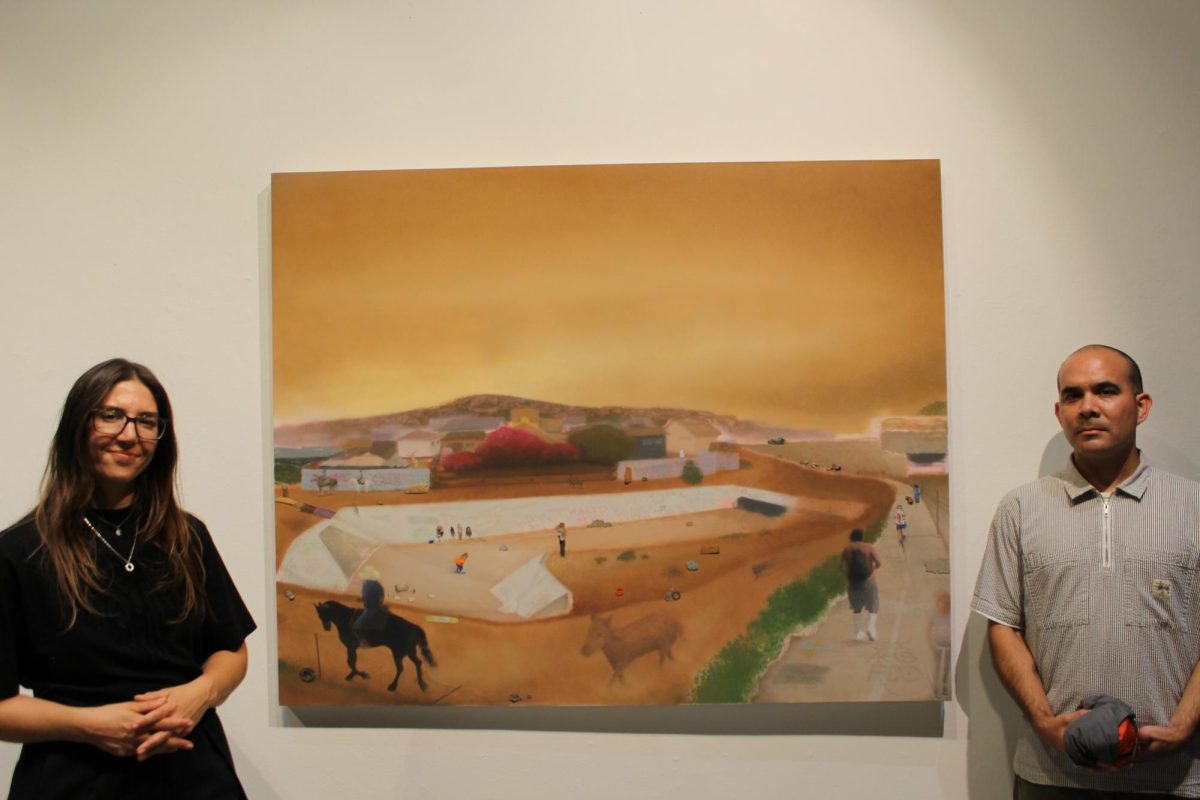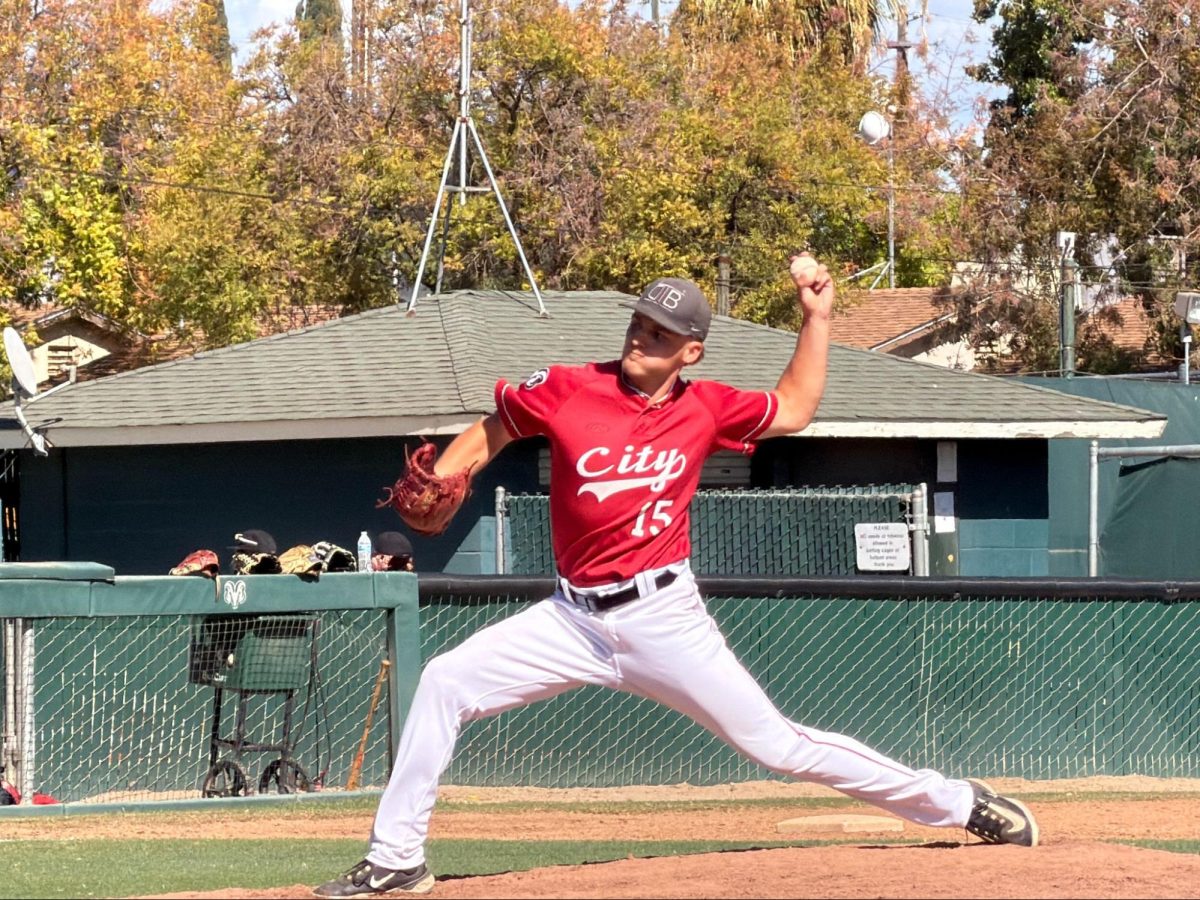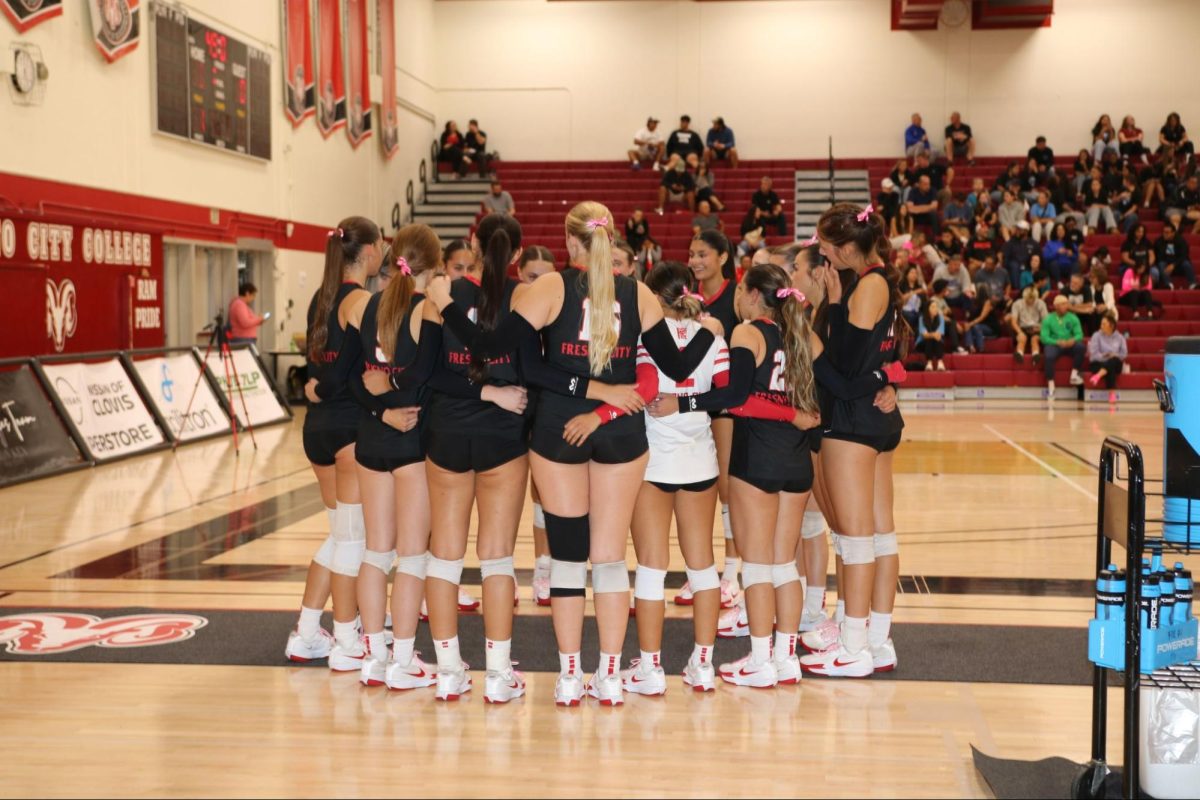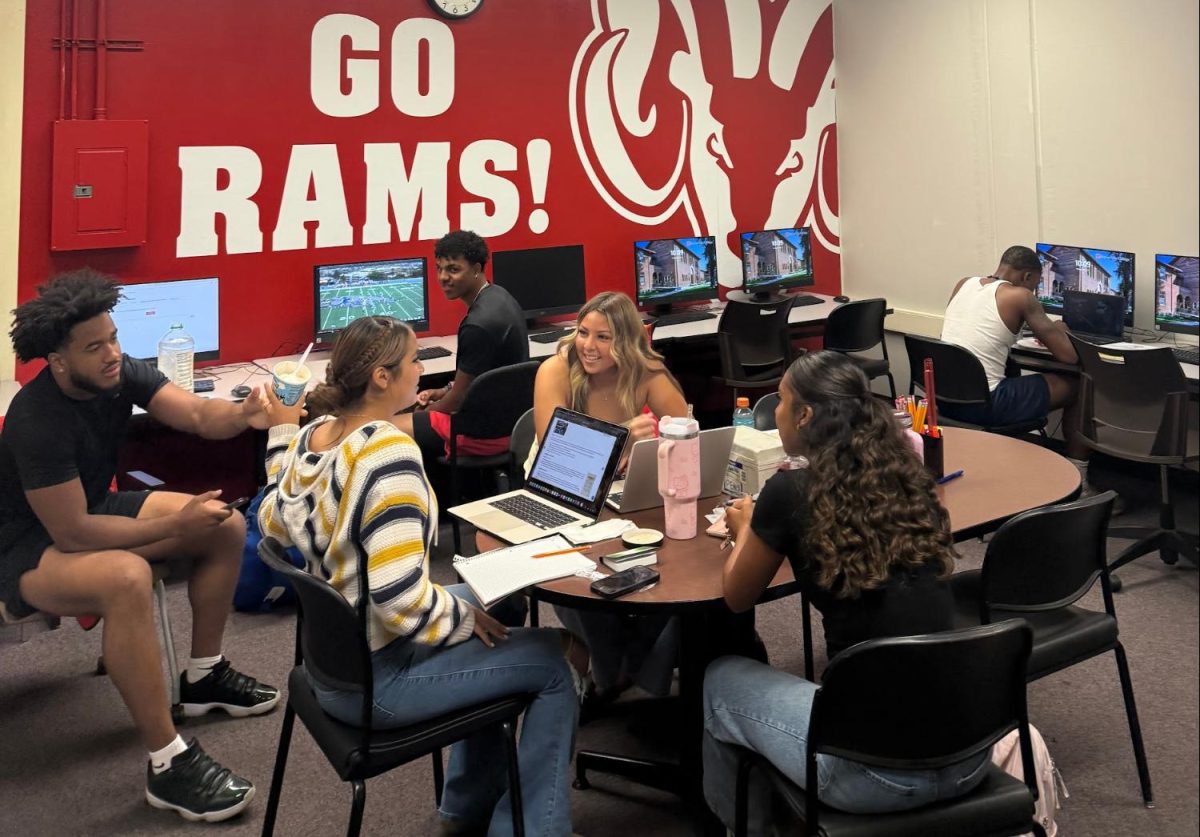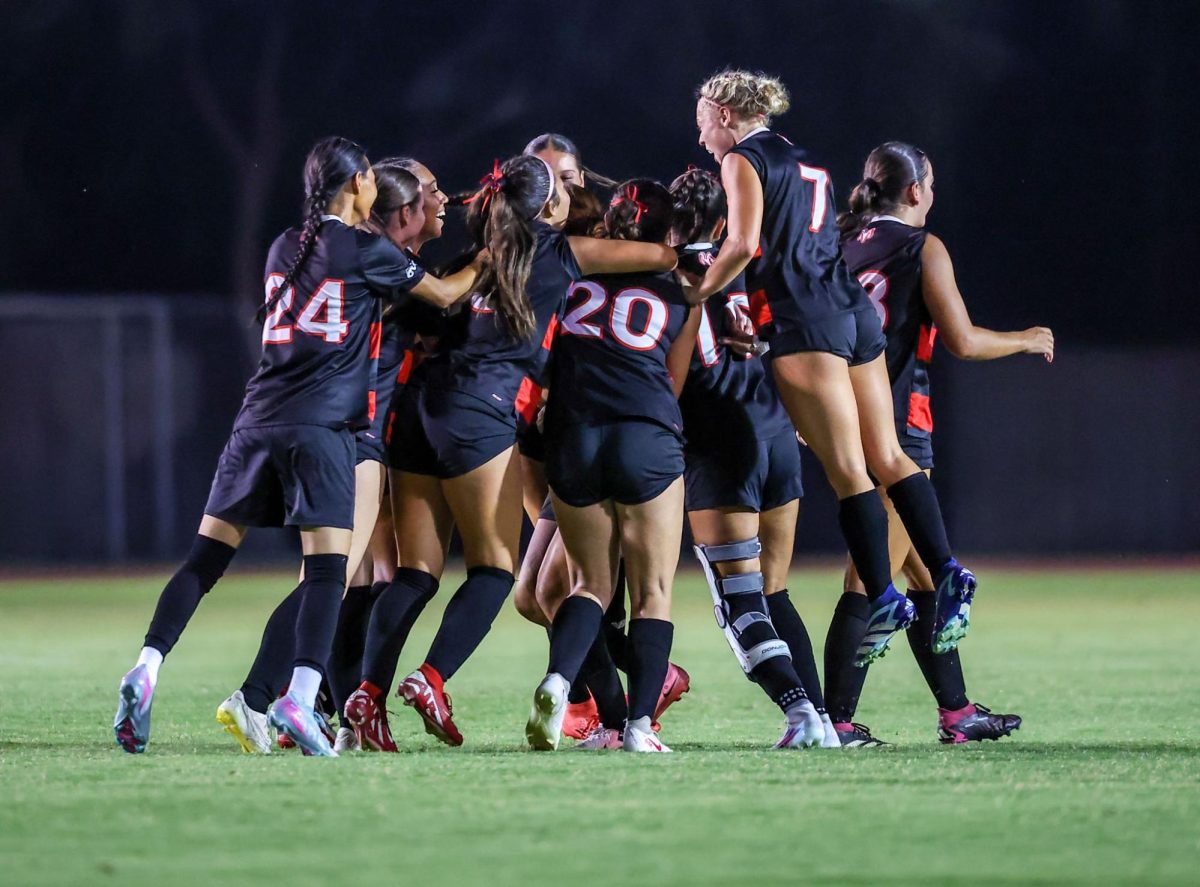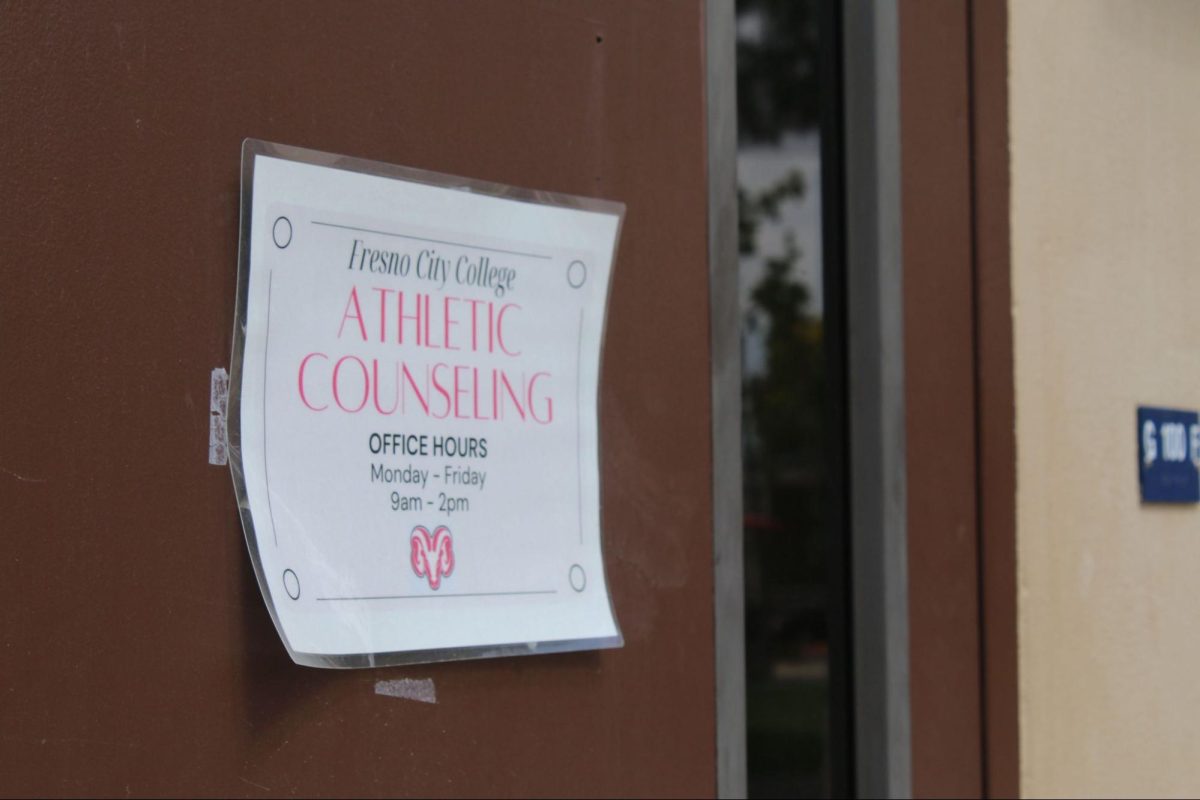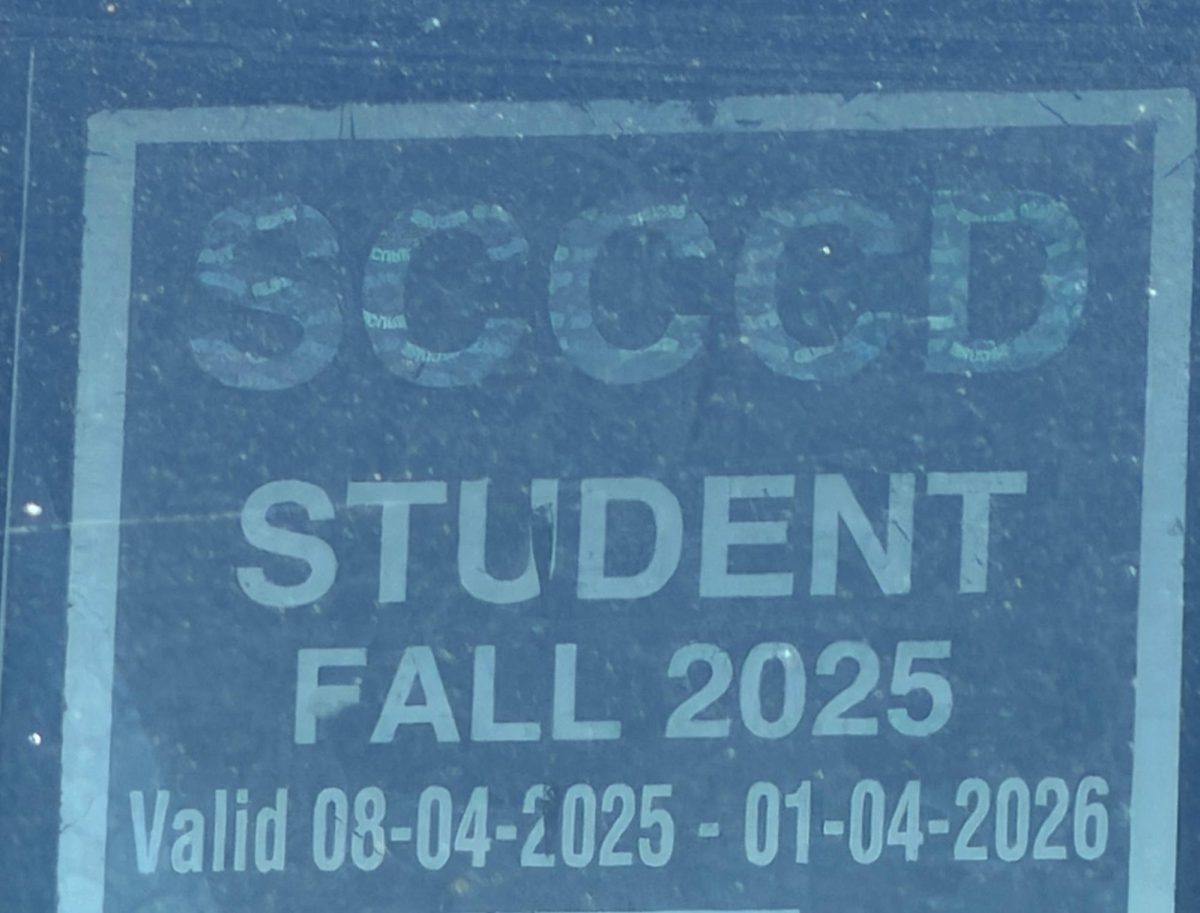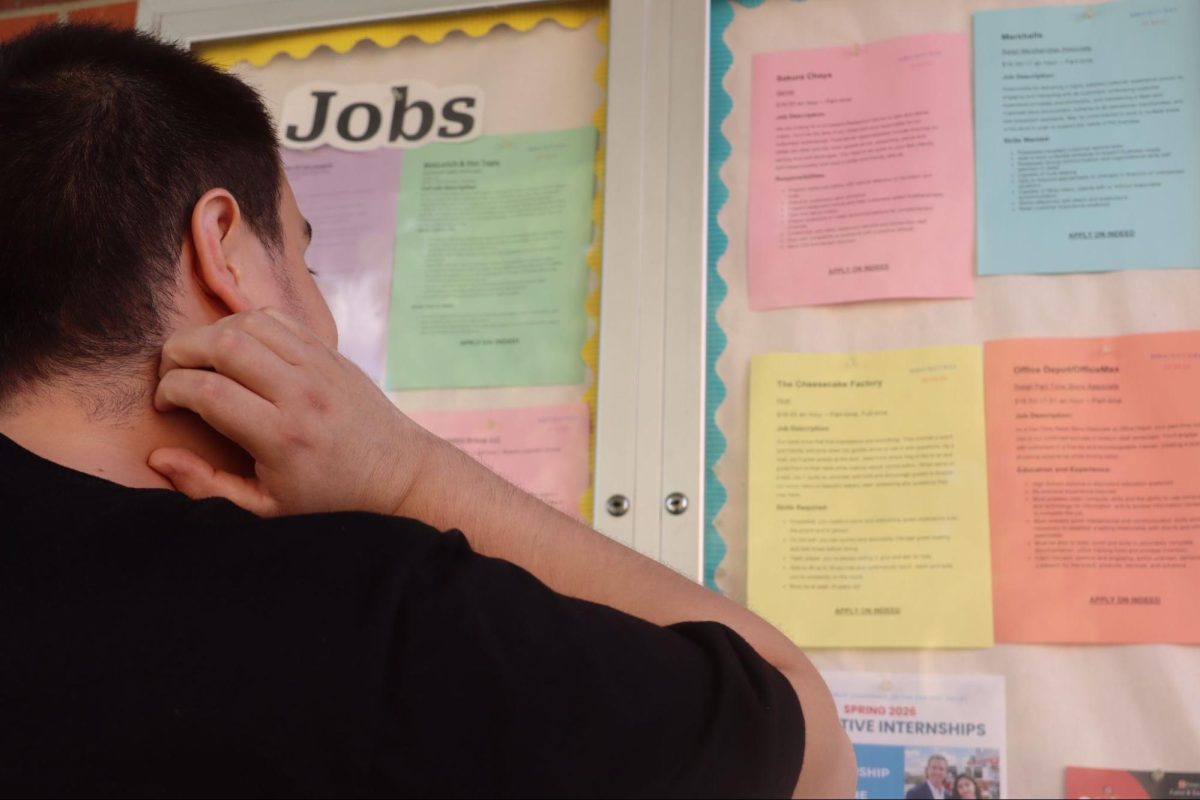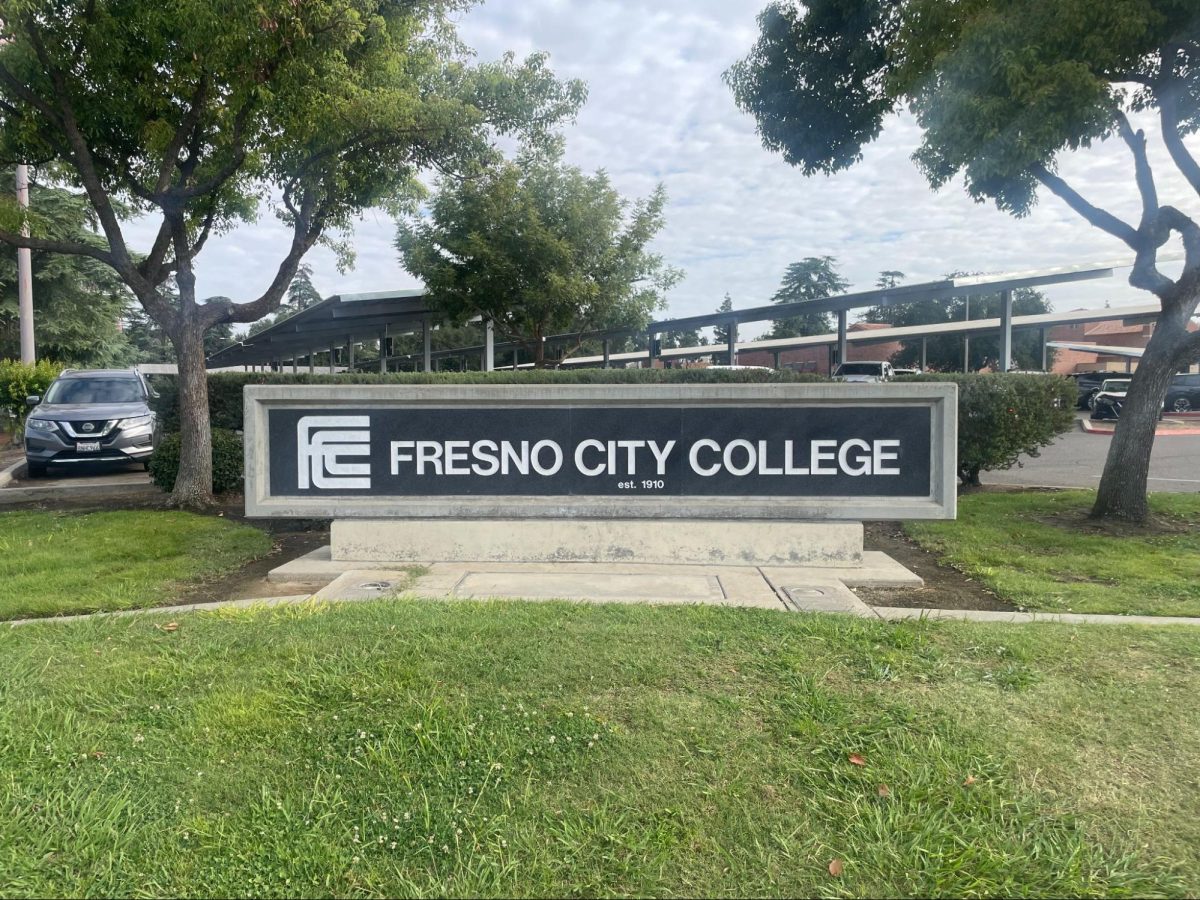When your Body Becomes the Coach
September 11, 2019
“I’ve been stuck in this process. I haven’t been able to live the life I want to live.”
-Andrew Luck
-Retired NFL Quarterback
Andrew Luck’s sudden retirement from the NFL shocked the sporting world.
At age 29, the four time Pro Bowl quarterback, NFL Comeback Player of the Year award winner, 2011 Maxwell Award and Walter Camp Award winner while at Stanford University who had thrown 171 touchdowns in his six year NFL career walked away from the game, leaving fans shocked, Colts’ fans uncertain of their future, and the Colts organization in a dire situation only weeks before the start to the 2019 NFL season.
It’s something we’ve seen before from other position players, but never from a quarterback.
In the current day and age however, this may become more normal among players, both under center, and all across the gridiron and the rest of the athletic world.
But what do student athletes have to do to protect them during team activities, practices and games?
From a Trainer’s Perspective
“At my high school, we didn’t have an athletic trainer,” says current Fresno City College athletic trainer Ashley Watkins.
Watkins, who played both basketball and softball in high school mentioned that they [her team] were not even aware of an athletic trainer until the school contracted one out to them for playoffs.
But what exactly is an athletic trainer? Why are they so important?
Think of a first responder; they are the first available trained personnel to be present on the scene following an injury.
The National Athletic Trainers Association defines the roles of an athletic trainer: “Athletic training encompasses the prevention, examination, diagnosis, treatment and rehabilitation of emergent, acute or chronic injuries and medical conditions.”
Watkins explains that as an athletic trainer, she sees the injury as it takes place. “You have the most data, the most information and every day is not guaranteed to be the same.”
Watkins continued, emphasizing the help that comes from being a former athlete, and understanding the mindset of an athlete – understanding the difficulty that comes from not being able to play the sport that you have become so used to doing naturally because a trainer told you not to.
“Gaining that trust first, and that’s with coaches, that’s with athletes; even with some of the athletes’ parents,” Watkins continues, emphasizing the trust being essential for athletic trainers.
“There are situations in which we may think that an injury is a certain injury and then there’s some times when it’s not like the textbook, it’s not like something we’ve seen before and it’s like ‘what is going on.’”
“Situations like that, we have to refer them out to the doctor.”
Battling between the medical side and the athlete side can also try to take over an athlete’s ability to return to playing their sport.
Watkins emphasizes patience in recovery, specifically saying doctors, physical therapists and athletic trainers many times are forced to try different methods to remedy an injury. Relaying the information to not only athletes and doctors, but coaches as well to get the athlete back on the active team is key to a successful treatment.
“Having that type of communication is huge.”
Wrapping Your Brain Around It
It’s the fourth quarter. Your team is down by five and you just sank a corner three-pointer. The opposing point guard comes down on your ankle and you feel a “pop.” Suddenly you can’t put pressure on it.
You want to get back out there.
You want to help your team push past the opposition.
But there’s something in the way.
The mental side of the athlete dealing with an injury is just as impactful as the physical side.
“The main thing is, just a few minutes ago you’re able to do any and everything; and in the matter of a second, your body is not acting the way that it just was,” Watkins says regarding the immediate response to an injury.
Rams’ sophomore quarterback Jonah Johnson recovered from a labrum tear in his shoulder and is making strides to become one of the most decorated quarterbacks in recent FCC memory.
Johnson actually injured his shoulder during his junior year playing basketball – ironically against former FCC star basketball forward Ethan Richardson.
“He was driving to the basket and I stuck my hand in to try and rip the ball out. My hand got stuck and he just kept going and I heard it tear,” Johnson describes the moment he injured his shoulder.
Johnson went on to explain that the injury changed his mindset, forcing him to be more careful than he once was to avoid future harm. Like many athletes, Johnson continued to play on the injury – emphasizing the importance of the athletic trainers’ job.
“Six months later I got it checked out, and I found out I tore it.”
Johnson continued to play on the injury through his senior year at Madera South.
Johnson underwent labrum repair in June of 2017 and sat out a year before coming to FCC. 18 months after surgery, he felt ready to compete at his full capacity.
Mirroring Watkins’ statements about an athlete’s mentality in returning to the field, Johnson says the most difficult part of rehabilitation was keeping himself off the field during the recovery process.
“Right away I wanted to throw the football again after I got surgery,” Johnson said. The most difficult part of the process was, “not overdoing it. Just going through rehab and doing it fully.”
What Can Happen When it Goes Wrong
Andrew Luck is the most recent mainstream athlete to retire from a promising career due to repeated injury. Zak Keefer who covers the Colts for The Athletic lists Luck’s injury history to include torn cartilage in two ribs, a partially torn abdomen, a lacerated kidney, at least one concussion, and finally the calf/ankle injury that led to the abrupt retirement from the Colts and NFL.
“A few of my friends have [retired]. They just didn’t think it would work and just because they got hurt they think it’s over,” Johnson said. He says the people he knows directly still wish that they could play the game, some wishing they had pushed through rehab to continue at a high level.
“They miss it.”
Rest assured Rams’ fans, Johnson assures he now takes steps on the field to avoid injuries or reinjuring the shoulder. “Not trying to truck everybody and run everybody over. Gotta be more careful,” Johnson says of his added caution.
“DABDA,” is what Watkins referred to the process of an injury. Denial. Anger. Bartering. Depression. Acceptance. Similar to the steps of grief, these steps outline the general reaction most athletes have toward major injuries.
“A lot of them are just in that stuck moment of ‘this is not functioning the way it just was. Why can’t I do this?’ And as an athlete, it’s a competition,” Watkins says. “I’m in a war with my own body.”
We see time and time again players fighting through injury, be it at the collegiate or professional level, a great example being Kevin Durant in the 2019 NBA Finals. Many believe Durant, who had been listed with a calf injury, returned too early following the injury.
In game five of the NBA Finals, Durant ruptured his Achilles.
Be it personal desire to get back on the court, team pressure to get back on the court, or pressure from the media and other outlets, Durant did what he did. The decision was his to make.
And this is what makes injuries to an athlete as difficult to overcome as they are.
Watkins emphasizes the important truth that goes hand in hand with many athletes’ decisions to hang up the cleats – “This isn’t going to last forever.”
Andrew Luck. Rob Gronkowski. Sandy Koufax. Bo Jackson. The list of prominent athletes who hung up the cleats due to injuries is long and will likely become longer in the coming years.
Not only should the fan support the athlete while on the playing surface, they also should respect their decisions, because there will always be life after athletics.

